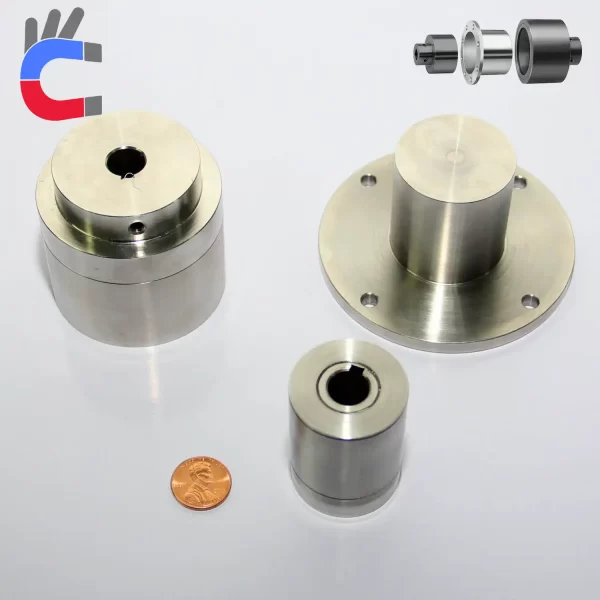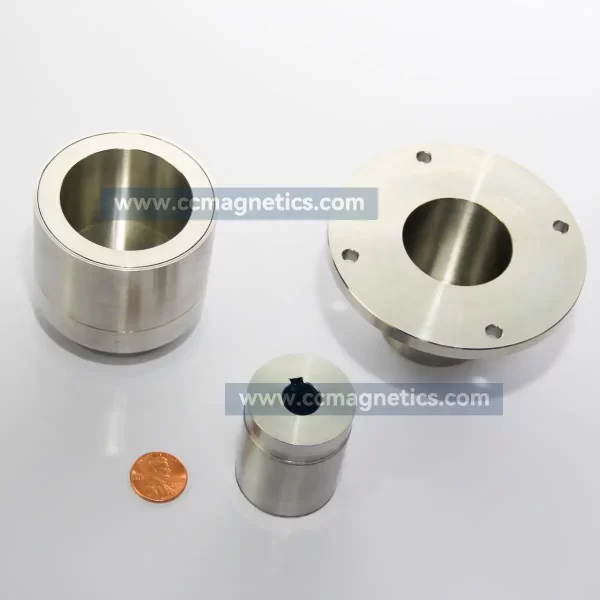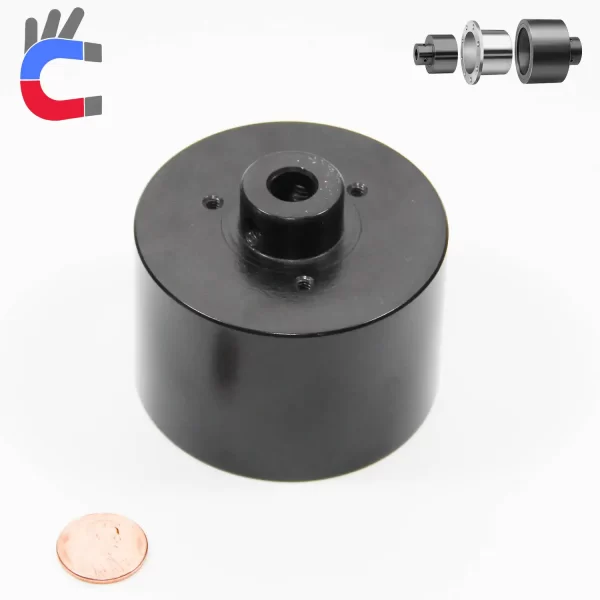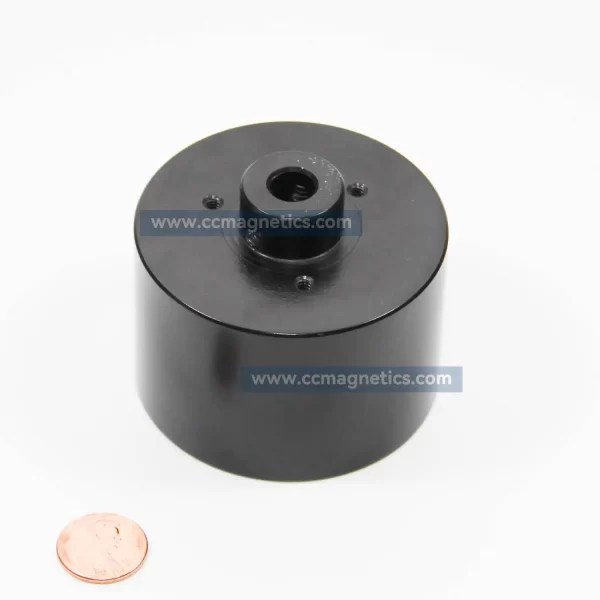Combining magnetic drive couplings with magnetic pumps is one of the successful uses for these components. It was formerly valued as a speciality product, but it is now extensively used. The majority of the liquids used in the nuclear power, petrochemical, film, electroplating, and pharmaceutical industries are poisonous, valuable, combustible, and explosive. Leakage causes environmental degradation and waste of working fluids; semiconductor and vacuum industries stop the invasion of outside gases; and food, biology, and medicine guarantee the integrity of the media. In these instances, magnetic drive couplings have a role. One may say that a significant market for magnetic materials is magnetic pumps.
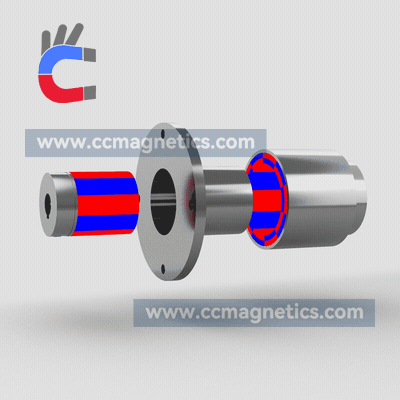
The valve is subjected to the magnetic coupling, particularly the permanent magnet coupling. The stuffing box is absent, and the valve stem does not pass through the valve cover. Named is the non-filled, completely enclosed permanent magnet transmission valve. The absence of a stuffing box, the smooth spinning caused by the lack of friction torque between the packing and the stem, and the absence of outside gas during the negative pressure operation allow the valve to operate securely and dependably for an extended period of time. All types of industrial valves, including globe, gate, ball, and butterfly valves, are capable of being transformed into completely enclosed valves. A common piece of mixed reaction equipment in chemical facilities is the reactor. The liquid is often stirred while under pressure. The temperature, corrosion, and volatility of the reactants are all regulated. As a result, the reactor must pay close attention to the spinning shaft's sealing. The stirrer-equipped reaction apparatus uses a magnetic drive to achieve an absolute seal and prevent the medium from oxidizing or condensing.
Magnetic Couplings
Magnetic couplings made of sintered Ndfeb magnet
Magnetic Couplings
Magnetic couplings made of bonded Ndfeb magnet

